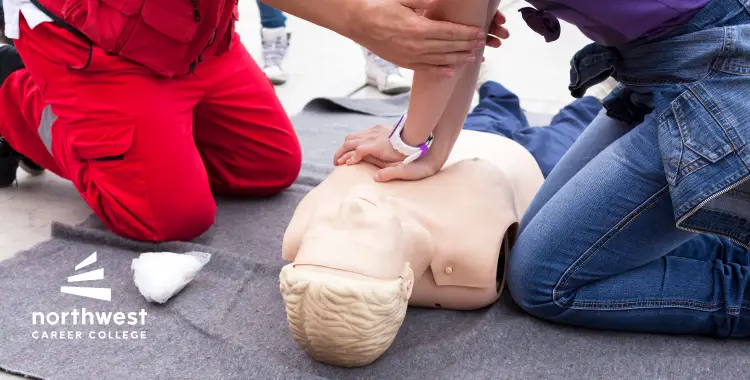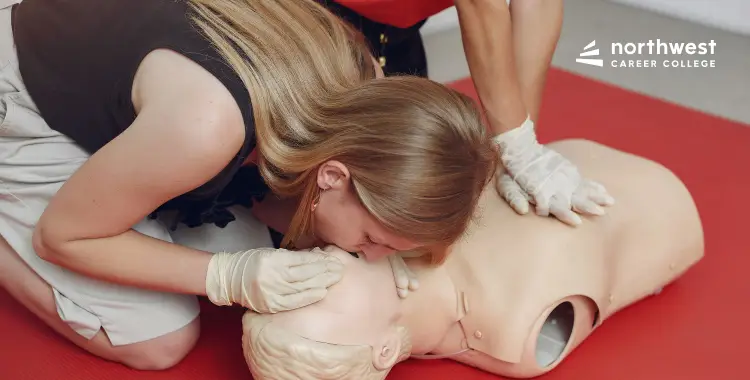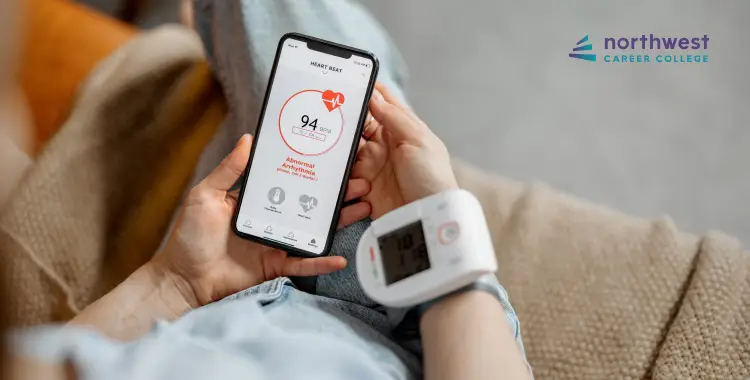Can You Administer CPR Without Equipment? Here’s What You Should Know
- October 31, 2025
- 572 views
- 3 min read
When a person’s heart stops, every second is essential. During those critical moments, knowing how to do hands-on CPR without any machinery could be a matter of life or death.
Whether a medical professional or a bystander, learning the basics of hands-on CPR can give you the confidence to act in an emergency. In this blog, we will simplify what you need to know about performing CPR without any tools—and why you must act fast.

Table of Contents
What is CPR?
CPR is an abbreviation for Cardiopulmonary Resuscitation. It is when individuals act when their heart has stopped functioning or they have ceased to breathe. You may have witnessed it in films—having someone push on someone’s chest to get their heart started again.
But CPR is more than Hollywood magic. It is an actual emergency skill and is simpler than you may imagine. CPR will keep blood circulating to the brain and other vital organs if performed correctly while waiting for paramedics or other help.
Hands-Only CPR
Hands-only CPR is a simplified version of cardiopulmonary resuscitation that includes only chest compressions without mouth-to-mouth breathing. It is intended for untrained bystanders or people uncomfortable with doing traditional CPR. Concentrating only on chest compressions helps keep blood flowing to essential organs until professional emergency medical staff arrive.
This approach has been shown to be extremely effective for raising survival, particularly if it is administered immediately following a cardiac arrest. The American Heart Association states that over 350,000 EMS-evaluated out-of-hospital cardiac arrests occur annually in the United States. In numerous such cases, timely hands-only CPR helps improve chances of survival.
Why Every Second Counts
When a person has a sudden cardiac arrest, his or her heart stops functioning immediately, depriving the brain and other vital organs of blood flow. Within minutes, brain damage is permanently inflicted, and death follows soon afterward.
That’s why it is essential to act promptly. For every minute that elapses before CPR or defibrillation, a victim’s likelihood of survival is reduced by 7% to 10%. Initiating hands-only CPR immediately will help keep blood flowing and provide valuable time until emergency personnel arrive. When every second counts, being prepared and doing what is necessary immediately can save a life.
What You’ll Study in CPR Training
Northwest Career College will provide quick, convenient, and practical CPR training. Within less than 4 hours, you will learn:
- How hands-only CPR is performed
- How to assist adults, children, and infants in emergencies
- How to use an AED (Automated External Defibrillator)
- How to remain calm and assertive in emergencies
We practice according to American Heart Association regulations and even provide two-year certification. Everyone should have CPR training, regardless of career aspirations in healthcare or personal protection.
Become a CPR Certified
You don’t have to be a physician or a nurse to save a person’s life. There is no need for specialized equipment or extensive training. You only need enough courage to act and know how to do it right.
Learning how to perform CPR is one of the most critical things you can do for yourself, your community, and your family. When someone’s life is at stake, being prepared is vital. Enroll today at Northwest Career College.




